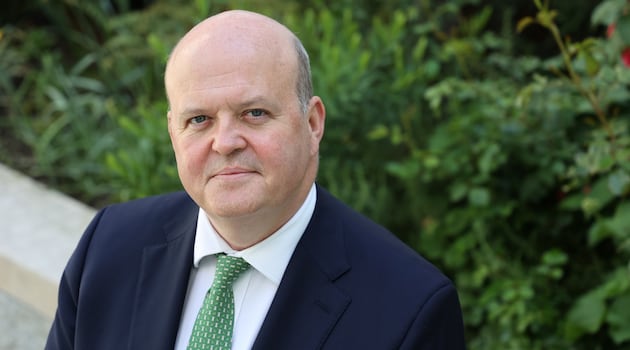
AIB is preparing for a potential sale of a portfolio of non-performing loans, including debt that had soured during the Covid-19 pandemic and never recovered, sources have said.
The portfolio being assembled has an original value of €500 million and could come to the market as soon as the third quarter of this year, the sources said, adding that it includes mortgages, unsecured loans and small business loans.
The development comes about 18 months after AIB shifted most of its remaining crisis-era problem loans and signals that portfolio sales will remain a tool for the bank’s management of intractable non-performing loans.
European regulators introduced rules a decade after the financial crash requiring banks to set aside provisions equal to 100 per cent of a non-performing loan within three to seven years after the default date. That incentivises banks to address such borrowings or get them off their books.
Bank of Ireland said in a recent trading update that it continues to look at “organic and inorganic activity” to further improve the quality of its loans. Inorganic activity usually refers to asset sales or purchases.
Sources have suggested that Bank of Ireland is unlikely to carry out a transaction this year. Bank of Ireland’s non-performing loans ratio stood at 2.5 per cent in March.
“AIB has reduced its non-performing exposure levels from €31 billion in 2013 to €2 billion, or circa 2.8 per cent of gross loans, as of the end of March 2025,” a spokesman for AIB said. “For customers in difficulty, our focus has been to put in place appropriate and sustainable solutions to help them to get back on track.
“The bank’s preference is to provide solutions through customer engagement on a case-by-case basis. AIB continues to support customers through a comprehensive range of forbearance solutions, and we have done so in over 150,000 cases.
“Notwithstanding the considerable progress made to date, we remain committed to maintaining a non-performing exposure level which is in line with European norms.”
AIB’s chief executive, Colin Hunt, said earlier this month that the bank’s financial performance was better than expected in the first quarter of the year, despite fears that Trump administration policies will hit global trade and economic growth.
The bank reiterated all of its financial targets for the full year in a trading statement on May 1st, including a key measure of profitability known as return on tangible equity which, it said, would be “meaningfully ahead” of its medium-term target of 15 per cent.
Group chief financial officer Donal Galvin said the bank will be reviewing various economic scenarios, including the impact of international tariffs, as it assesses its loan-loss provisioning before the release of interim results during the summer.
“This is a challenging exercise, given the range of potential outcomes,” he said. He highlighted that a worst-case scenario of a “credit crunch” assessed as part of its 2024 financial reporting would require about €600 million of provisions.
AIB’s own economics unit estimates that a measure of the Irish economy known as modified domestic demand, which includes spending by consumers, Government and certain private sector investment, will ease to 2.3 per cent and 2 per cent in 2025 and 2026, respectively, from 2.7 per cent last year.
“The uncertainty created by the dramatic shift in US trade policy and the responses of other key trading blocs is expected to dampen global growth in 2025 and 2026,” AIB chief economist David McNamara said, commenting on the bank’s new outlook report published on Monday.
“Given the globalised nature of the Irish economy, we expect significant volatility in GDP (gross domestic product) as exporters seek to get ahead of potential trade restrictions this year.
“For the domestic economy we expect a cooling in growth this year, as ongoing uncertainty dampens consumer spending and business investment growth.”
He said: “Nonetheless, Ireland enters this period of uncertainty from a position of strength, with the economy growing at a robust pace in recent months, while the public and private sectors have built up material financial buffers in recent years.”











